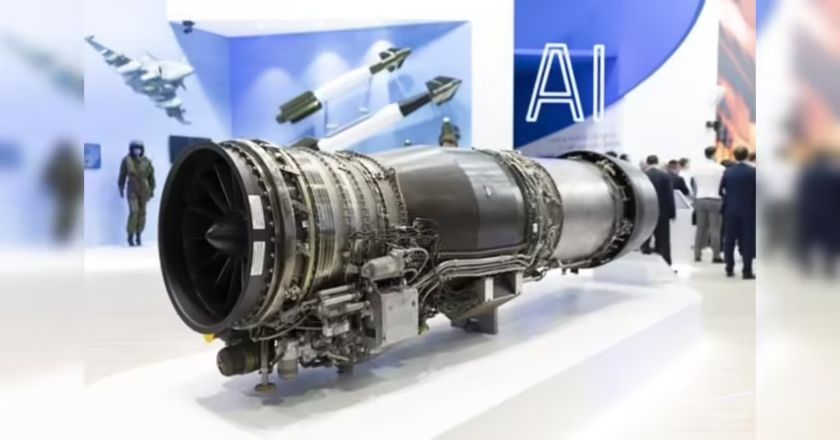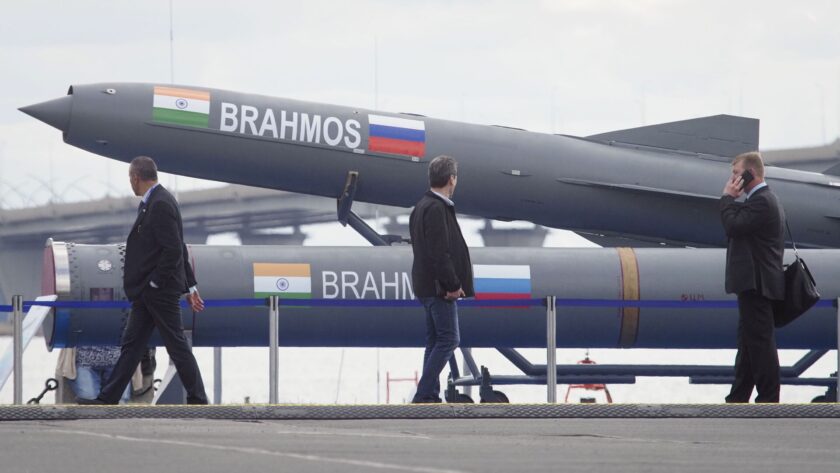New Delhi | The Ministry of Defence has intensified efforts to finalise India’s long-awaited Theatre Command structure, aimed at transforming the country’s warfighting model through deeper integration of the Army, Navy and Air Force. The framework is being prepared under the supervision of the Department of Military Affairs (DMA), led by Chief of Defence Staff (CDS) General Anil Chauhan.
Officials confirm that the frequency of meetings between the DMA and the three services has been increased to ensure detailed discussions on every operational and structural point. The ministry aims to push the final proposal to the Cabinet Committee on Security (CCS) soon, with around 90% of the work already completed.
Operation Sindoor Accelerates Theatre Command Push
The pace of integration gained significant momentum after Operation Sindoor, where the joint action of the armed forces demonstrated the indispensability of an integrated command structure. Lessons from the operation—especially real-time coordination, joint decision-making and unified targeting—are being directly incorporated into the Theatre Command blueprint.
CDS Chauhan, along with the three Service Chiefs, had taken several operational decisions jointly from the war room during Sindoor, providing a live template for future theatre operations. The model has now become the foundation for the upcoming Theatre Commands.
Three Major Theatre Commands Finalised
Consensus has already been reached on creating three primary Theatre Commands:
- Maritime Theatre Command (Thiruvananthapuram): To handle threats from the seas and oceanic regions.
- Western Theatre Command (Jaipur): Primarily responsible for challenges along the western borders.
- Northern Theatre Command (Lucknow): Focused on threats from the northern frontiers, particularly China.
Senior officials say the three services are in the final stages of discussions, after which the proposal will be presented to the Defence Minister and National Security Advisor. Army Chief Gen. Upendra Dwivedi recently stated that the plan is at a “mature stage” and ready to be sent to the government.

PM Modi’s JAI Doctrine Guides Framework
Prime Minister Narendra Modi, during the Combined Commanders’ Conference on September 15, outlined the mantra JAI — Jointness, Aatmanirbharta and Innovation—calling 2025 the “year of defence reforms.” He lauded the coordinated performance of the armed forces during Operation Sindoor and directed the ministry to push rapid reforms to enhance integration and self-reliance.
Key Lessons from Operation Sindoor Shaping the Structure
- Expanded operational roles for Service Chiefs: Sindoor showed that leaving them confined to training and logistics was insufficient. The new model increases their operational involvement.
- Centralised air power: Precision strikes and air dominance proved decisive; hence, air assets will not be fragmented among commands.
- Unified digital network: A stronger tri-service communication grid is being developed for real-time information flow.
- Deep-strike capabilities: Future commands must operate far beyond the border, targeting enemy depth.
- 24×7 readiness: Rapid decisions and round-the-clock coordination during Sindoor underscored the need for immediate-response capabilities.
Timeline and Implementation
Defence sources indicate that the Theatre Command blueprint is expected to be submitted to the government by late 2025 or early 2026. Once approved by the CCS, rollout will begin, with full ground implementation expected to take 12–18 months.
The Defence Ministry believes that integrated Theatre Commands are essential for India’s readiness in future multi-domain wars that span land, sea, air, cyber and space. The upcoming structure aims to combine the strengths of all services and ensure they function as a single, cohesive fighting force.
India now stands on the brink of its most significant military organisational reform in decades—one that promises a faster, smarter and more united response to emerging security challenges.





